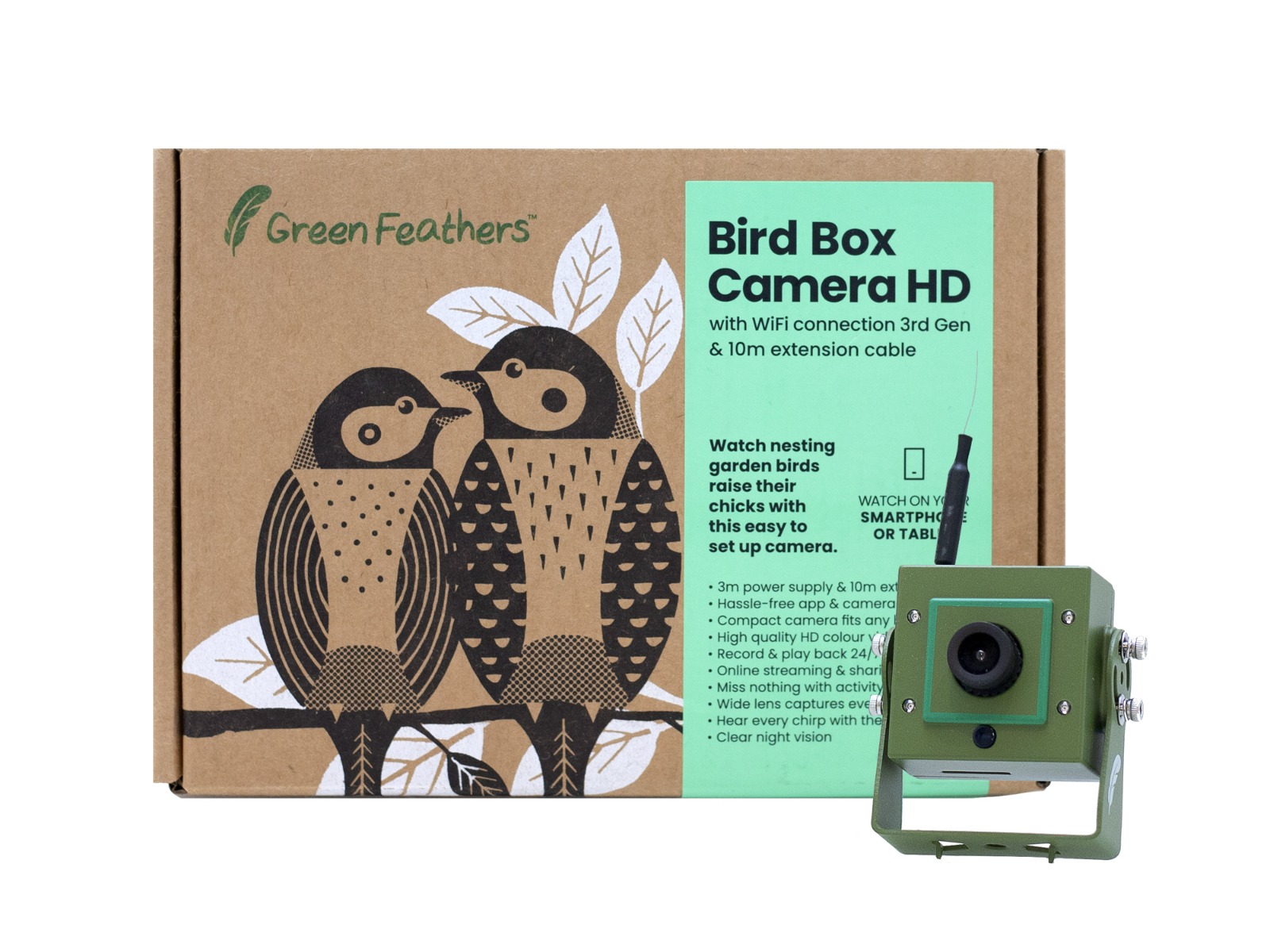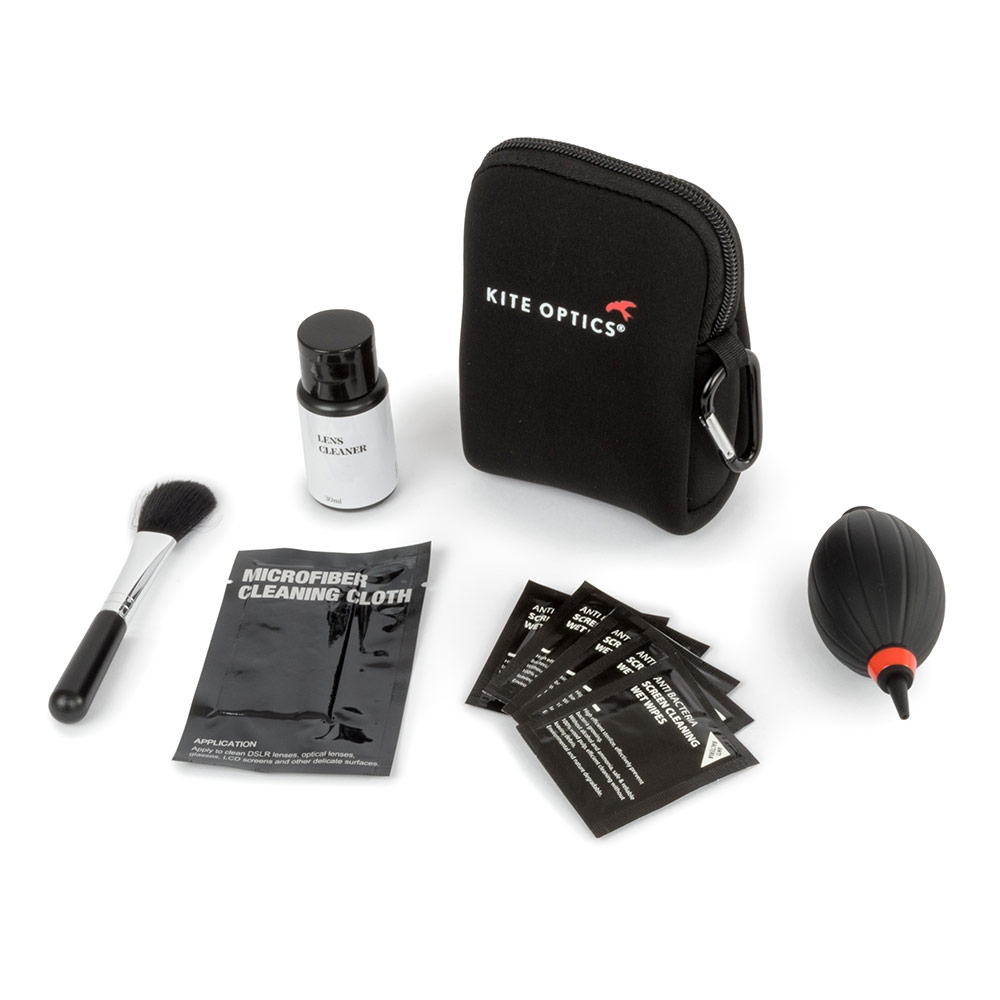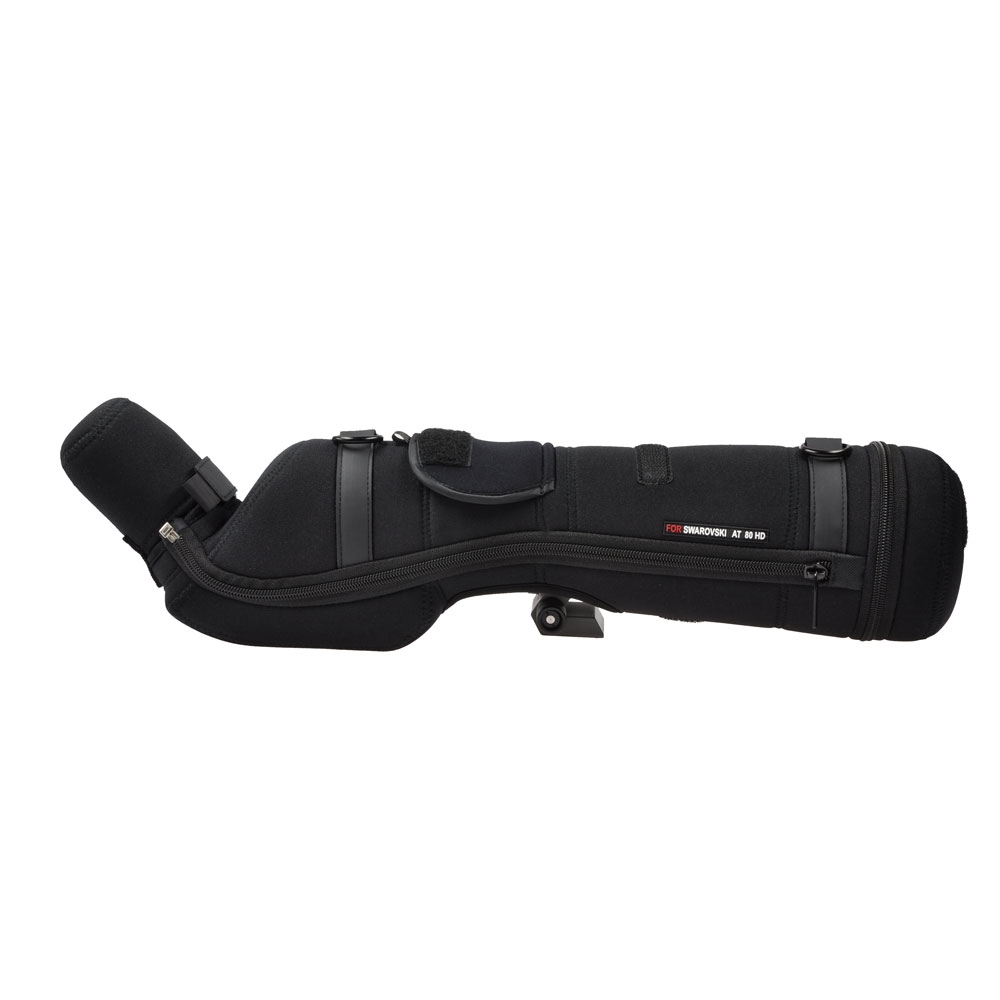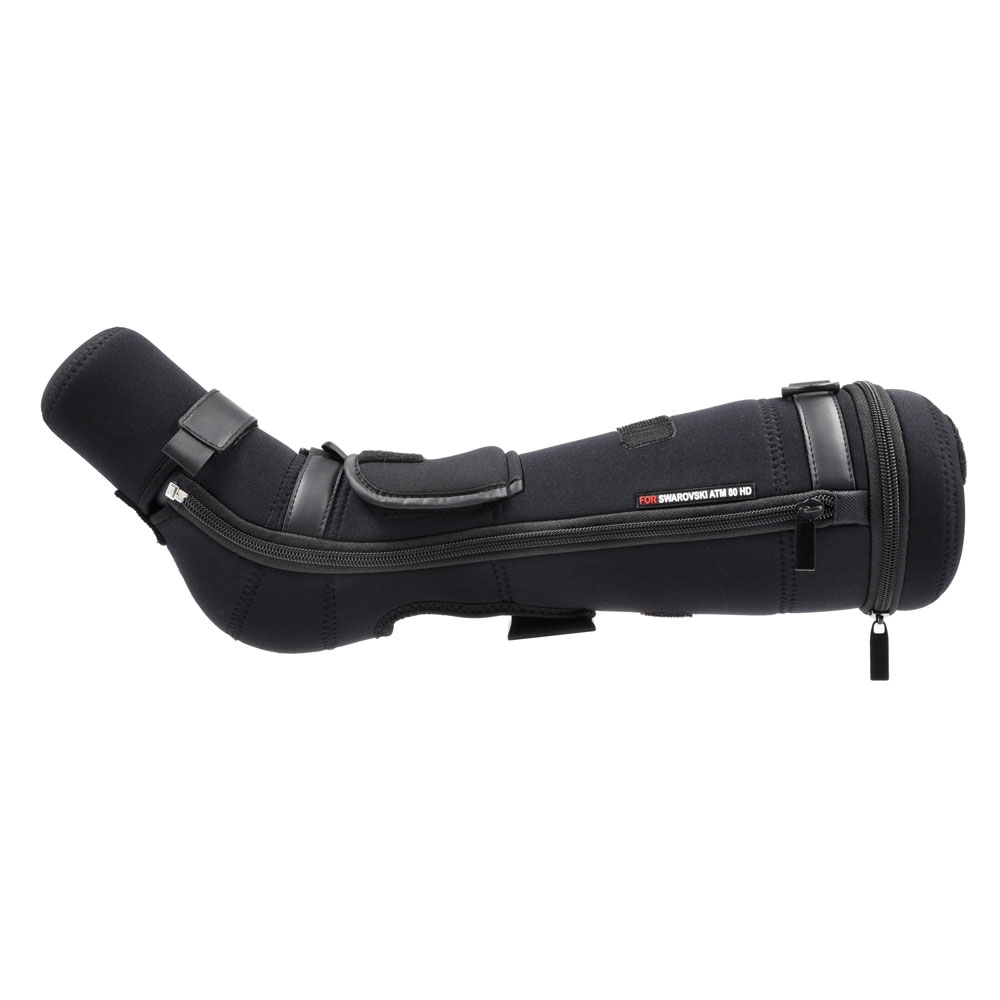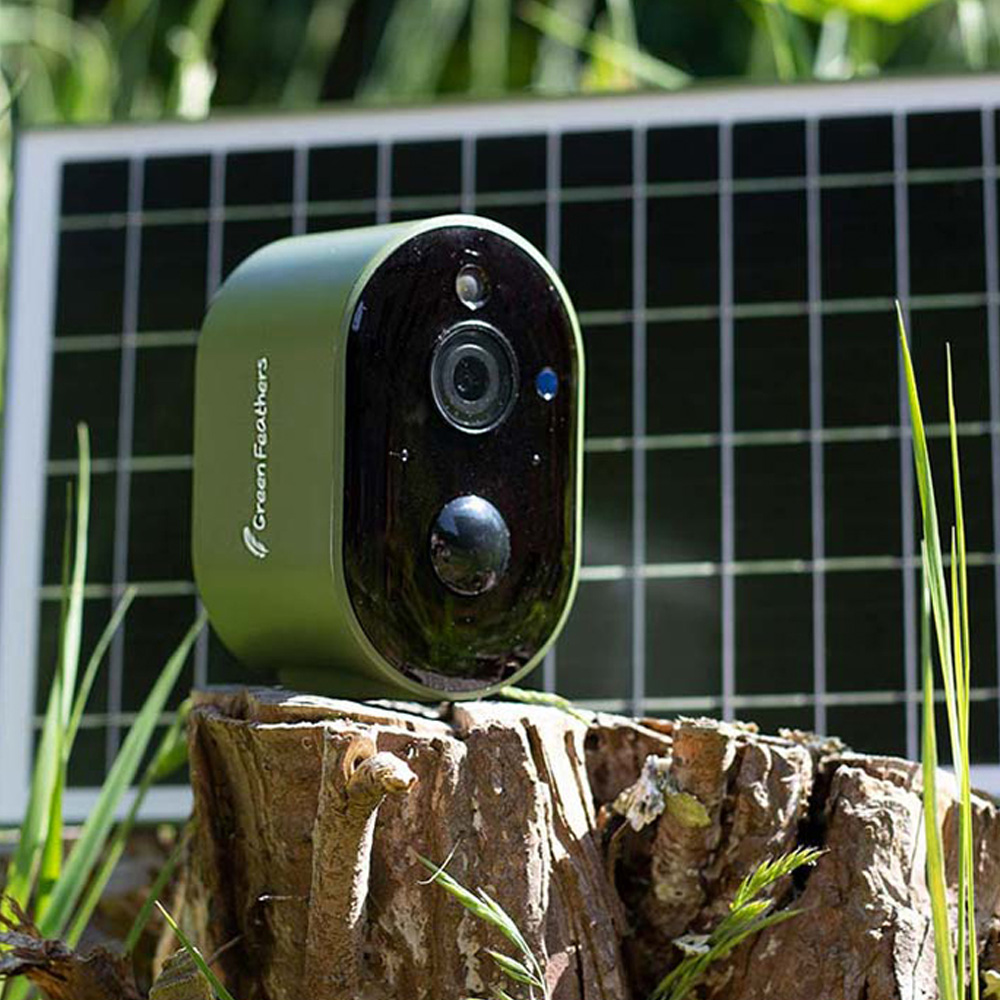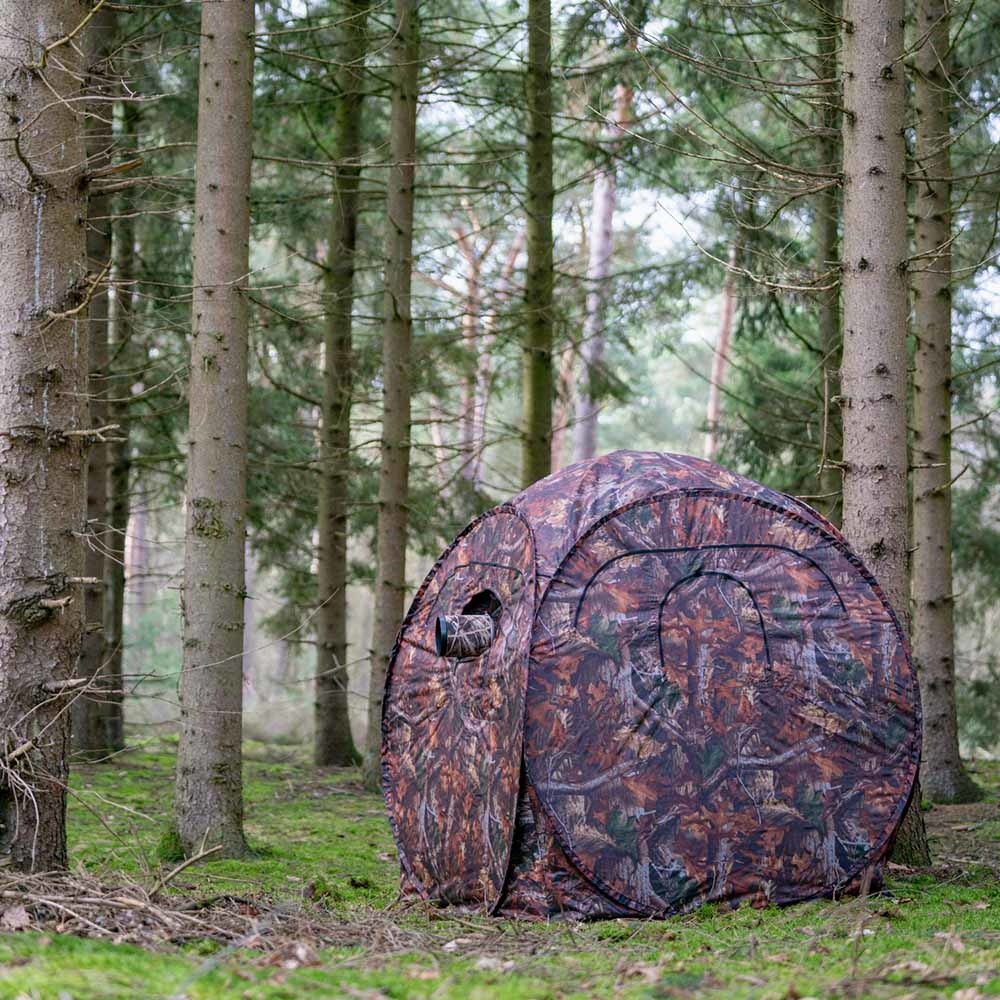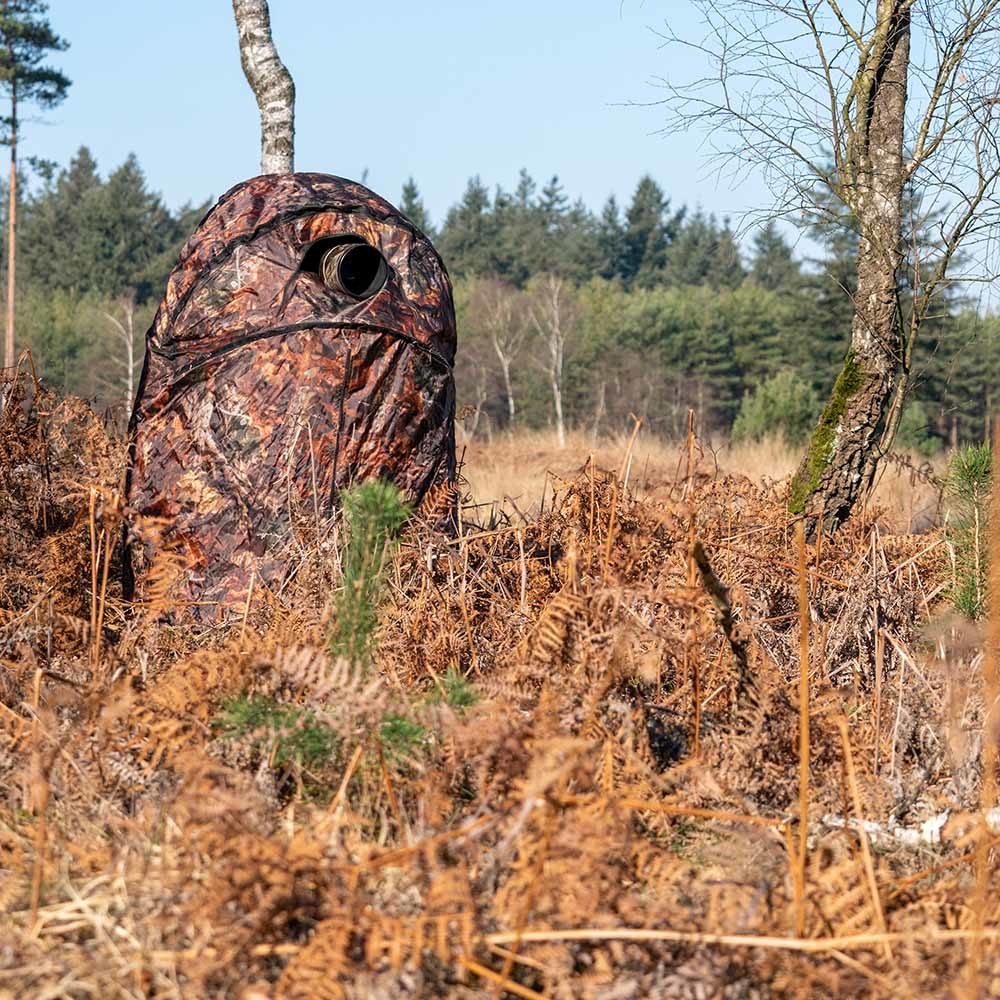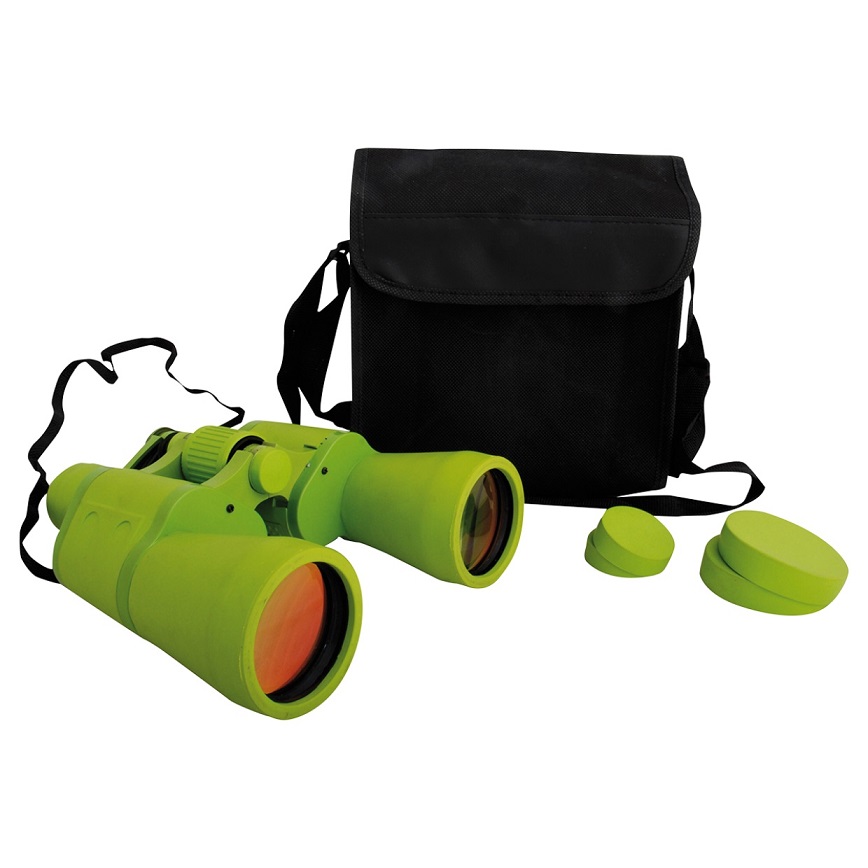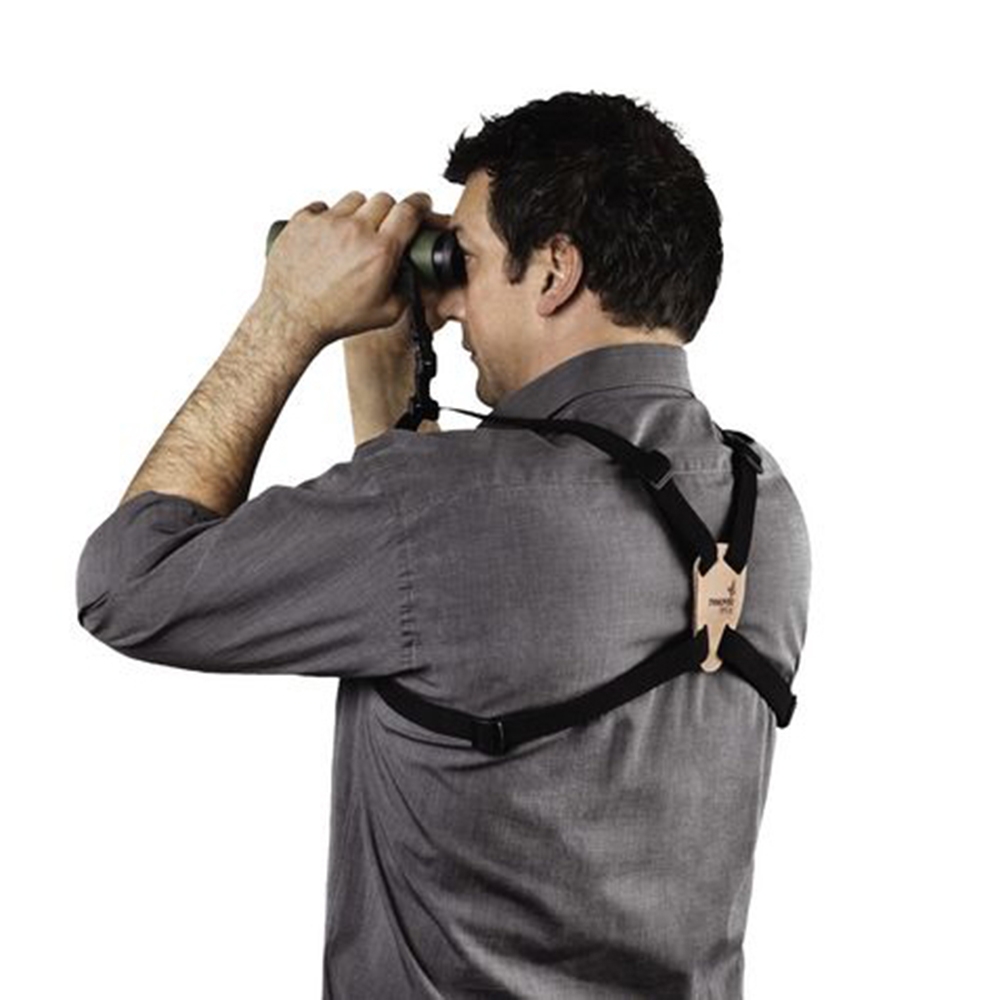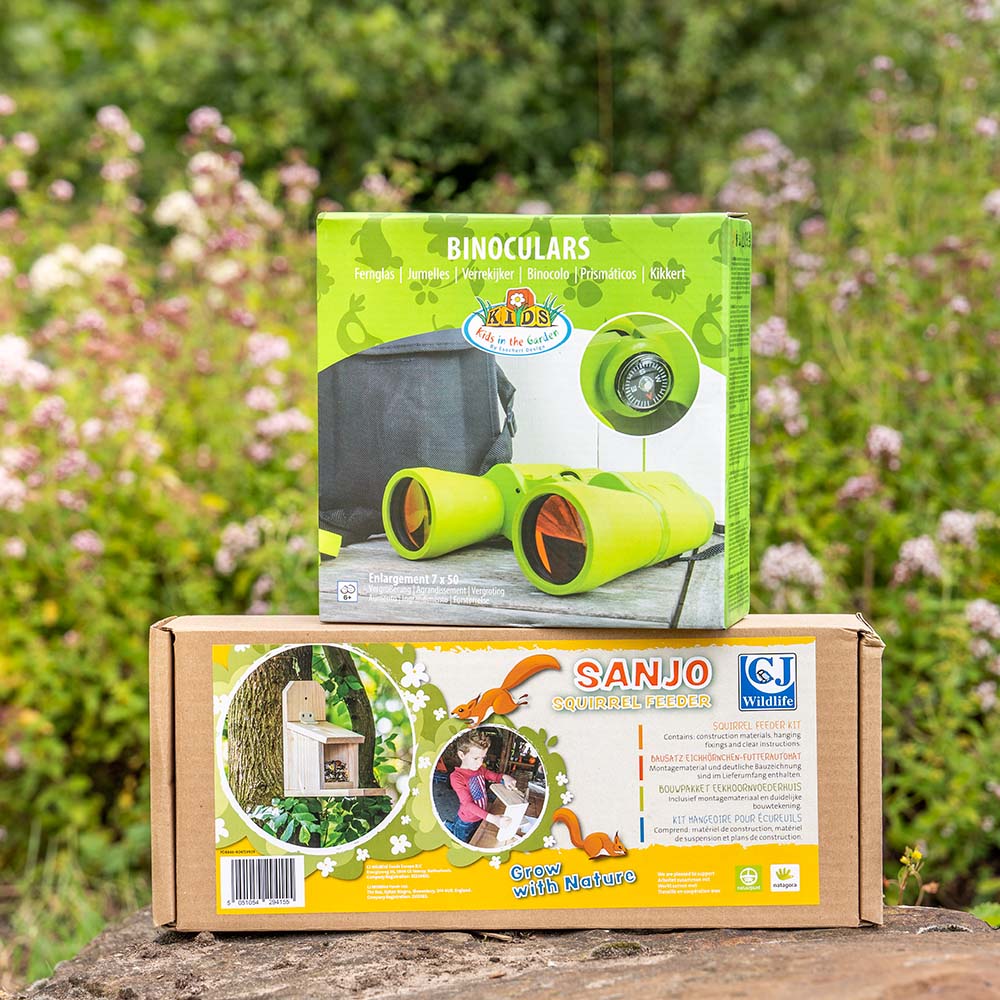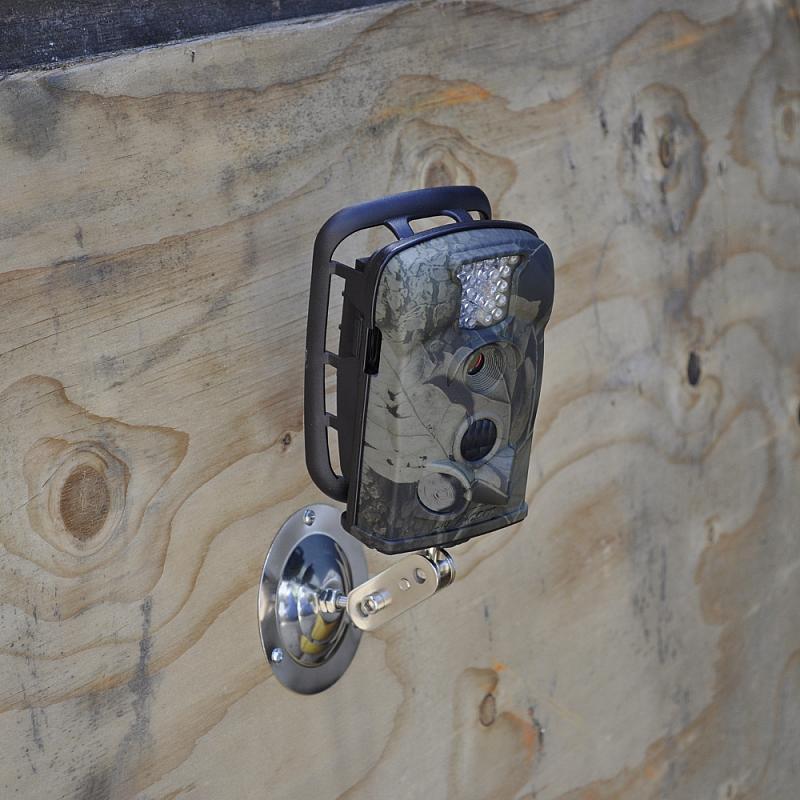Birdwatching
Tips to help you enjoy the birds in your garden and beyond
To start let’s look at learning from others. There is certainly a lot to be said for birding in company, even if it’s only on a few occasions a year. Experienced birders are always trying to tap in to local sources of information, particularly when on unfamiliar ground. This is typified by the traditional birdwatchers’ greeting of “Much about?” which can often lead to news on what’s been seen in the last hour or so and useful tips such as which hide to use, where to park or wherever.
Some people associate this purely with twitching (the pursuit of rarities) but it works equally well with more common species and can protect you from little indignities such as being the only person in the west-facing hide as the sun sets, leaving you dazzled, birdless and alone!
For birdwatching closer to home the best advice we can offer is to join your local bird club. If there’s more than one, say a county society and a local RSPB members’ group, consider joining both – the annual fees are usually fairly modest and the return on your investment can be considerable. Unless you have an experienced birdwatching mentor, local groups are probably the best single way to learn more about the birds that you may see in your garden or whilst out and about, and also a great way to learn about the best equipment you can use, such as binoculars and cameras.
Most groups will have a programme of indoor meetings with a range of interesting speakers, and will often publish regular lists of sightings as well as an annual report (good for finding out where other people have seen birds you’re interested in) and quite possibly members’ only access to a nature reserve or two. That’s already enough to make the subscription fee good value, but the real benefit comes from field trips. On these you will normally get to learn not just about the birds themselves but also how to see them, where to go, even silly little things like how to get to the best spots. Unless you live in a very unfavoured part of the country we guarantee you will be surprised at how much happens locally.
The great thing about being in a group is that as well as learning from the other birdwatchers you will have a leader who expects to be asked lots of questions, so if you don’t understand something, just say!
“Why are we scanning the fence posts?” “Because it’s a good way to find birds of prey, Stonechats, Wheatears and lots of others that love this sort of vantage point.”
“How did you find that Brambling when all I saw was a flock of Chaffinches?” “I saw a lone white rump when the flock flew into the hedge so I knew to look for a Brambling when they came back down to feed.” You get the general idea!
With your new knowledge you may find that you see more birds wherever you are as your “bird sense” develops. This increased awareness of your surroundings will also help you to see other wildlife such as deer and foxes, and is one of the many benefits of being more in tune with nature.
You will probably find details of your local bird club or clubs on the internet, through searching through the online community database of your local library service, or simply by asking locally. The best single source of information is The Birdwatcher’s Yearbook and Diary which will also give details of nature reserves in your area and lots of other useful stuff.
During the weekend of 28th-30th January, people across the UK take just one hour of their time to count the birds seen in their gardens and outdoor areas as part of the Big Garden Bird Watch. Over the past 30 years it has generated some interesting results, which then helps provide a valuable insight into the national population of garden birds, highlighting the vulnerability of some of our most popular bird species.

